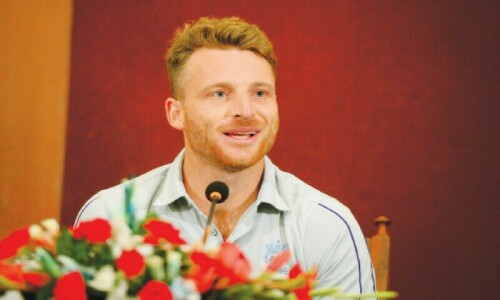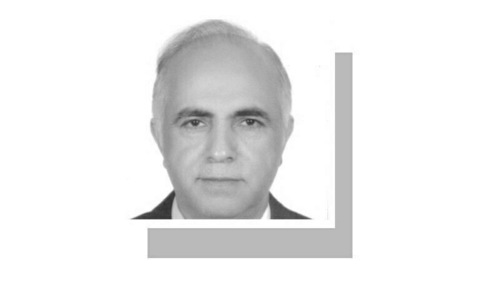
Usually parents discourage their children from drawing and consider it a waste of time. Art at a such young age prepares children to filter the world through their eyes and make sense of their surroundings. It gives impetus to their imagination and creativity. There are numerous examples of scientist, inventors and creators who were also creative artists. Neil Bohr’s atomic model was an imaginative model of the unseen atom; the drawings of stars, nebulas and black holes are other examples. The modern method of printing is one artist’s (George Seurat) achievement that separated colour into dots of complementary colours. He used the blue and yellow colours instead of green and red, and yellow dots for orange. The modern printing method uses the same method of separation of colors into four dots of black, red, yellow and orange that can be seen by a magnifying glass. Paul Cezanne painted curved spaces around objects like apples and jars in his still-life paintings that preceded Einstein’s general theory of relativity, which explains the curved space around the objects like the earth and the sun – science and art cannot be separated.


A child’s disconnect from imagination starts from school. When a child goes to school, he has many images of the world but few words. He is taught alphabets (images) that denote sounds but they are accompanied by visuals of objects. The alphabet ‘A’ is taught with the image of an apple. In primary classes, images take up almost 90 per cent of the page of a textbook, while alphabets and letters are only 10 per cent, with a font size that is always higher than 18 points.

Eventually, the images are reduced and text takes more space and the font size too is reduced. The child is accessed by his ability to memorise the voice/letters/words and not the images. Gradually, the images diminish from his textbook, and his performance is then evaluated on memorising the words. Although the human mind works with images, like if we read the word apple, an image of an apple forms in our mind by default. This separation of image/word in students gives rise to the separation of two worlds, one of the image and another of the voice/words. The idea of sacred text of religious books also adds to the sanctity of the word rather than the image. The new schooling methods that use images, text and videos for education have realised the importance of images in education.
It is usually said that child art is a syncretic and takes a holistic view of the world. Children’s analytical faculties take shape as they grow. Picasso learnt to draw at the age of 12 and his initial drawing at the Spain Art School, show his remarkable skill and dexterity as a draftsman. He once said that it took him 30 years to draw like a child again.
We observe that children draw their first human figures as stick figures, with a circle denoting the head, and the body, arms and feet as straight lines. If we deconstruct a figure drawn by a child its individual parts, reduced to circles, triangles and lines will provide no clue to its original figure. If we similarly separate an adult’s drawing of a portrait, like an ear or a nose, the drawing would still resemble a part of the human anatomy. Children will always draw a car with four wheels, while realist drawings by adults will always show three wheels, the fourth hidden behind the car. This holistic view is also seen in Egyptian paintings where we never see overlapped bodies. The face is in full profile but with both eyes, and the figure is turned towards the viewer so that both hands and feet are visible also. Animals would always be shown with four legs and we don’t find any foreshortening as that would hide one leg or some portion of body. Children don’t see reality in compartments.

That’s why child drawings are considered as a holistic approach towards reality. Very young children often call all adult females and males around them as mama, or papa. It’s only later when they differentiate between their own mother and other adult females in the family. A teacher once asked a student: What is the relation between the wind and moving tree leaves? A child replied that when the leaves move, they produce wind. The teacher corrected the child, “It’s the wind that moves the leaves of a tree.” An expert opined that this correction by the teacher stopped the child’s effort of linking the two phenomena on his own.
The breaking up of reality into different boxes, separated from one another is learnt later. A child who tells the truth to a guest about his father being at home grows to be analytical when he is able to lie and tell the guest that his father is not at home. He is then ready for analytical, realistic drawing.

The views expressed by this blogger and in the following reader comments do not necessarily reflect the views and policies of the Dawn Media Group.












































